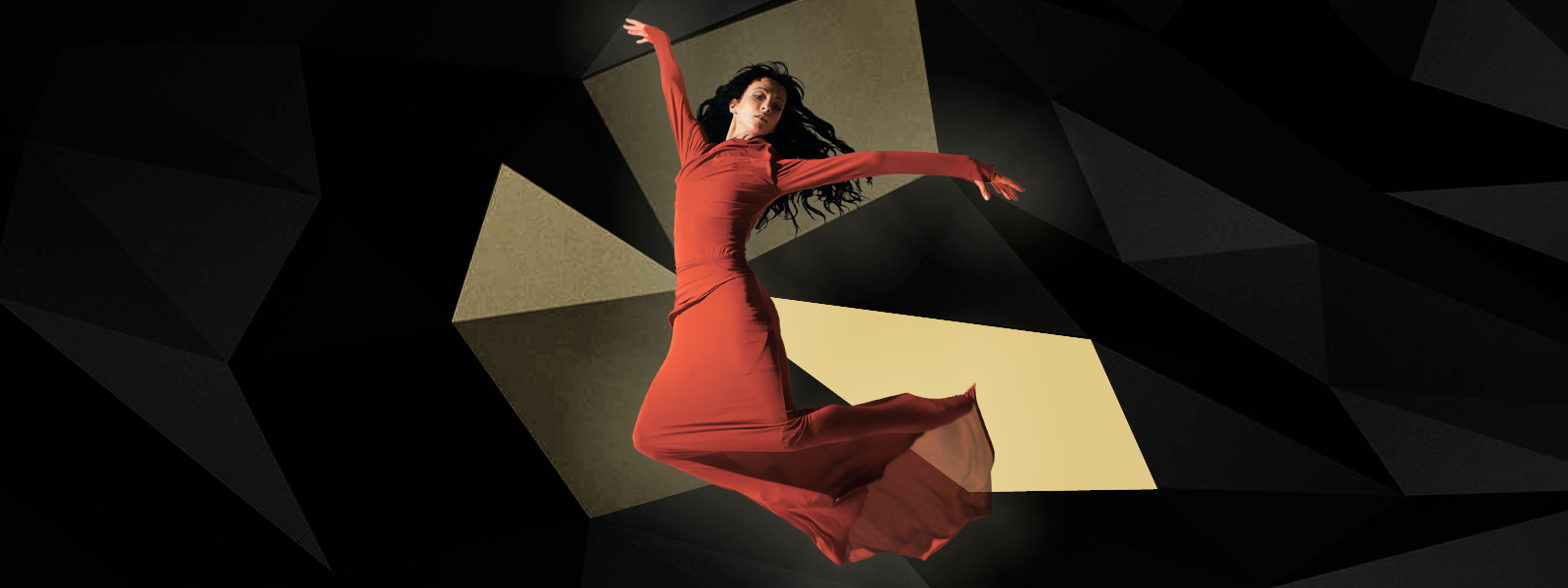Canada All Star Ballet Gala
Mind-blowing show! Only in Toronto!
Exquisite. Educational. Enlightening. Transforming.
The Most Prestigious Ballet Gala in the world!
April, 2018


Classical dance came to Russia soon after the Westernization of Russia brought by the reforms of the tzar Peter the Great. In 1738, the Empress Anna established the Imperial Theatrical School and installed the French teacher Jean-Baptiste Lande as its director. The Academy was located in the Winter Palace and trained young boys and girls at the expense of the state, preparing them for the Imperial Russian Ballet, a direct predecessor of the fabled Mariinsky Ballet of today. Classical dance became one of the most preferred forms of art among the Russian public. The rapid development of the Russian school in the eighteenth and the nineteenth centuries is credited to the confluence of several European schools and the cultural cosmopolitanism of the Russian capital. The French masters, such Charles Didelot, Jules Perrot, Arthur Saint-Léon, the Italians, such as Pierina Legnani, Carlotta Brianza, and Enrico Cecchetti, the Danish Christian Johannson, a student of August Bournonville, all worked side by side with Russian performers and choreographers.
In 1847, Marius Petipa, the legendary French dancer, choreographer, and teacher, took the position of premier danseur to the Imperial Theatres of St Petersburg. It was a magisterial event for the history of Russian and world ballet. In his sixty-year long career in Russia, Petipa created the best-known ballets of today’s classical repertoire, such as Don Quixote (1869), Le Bayadère (1877), Sleeping Beauty (1890), and Raymonda (1898) among others. He perfected the structure of a narrative ballet by allowing dancers, particularly ballerinas, to showcase their technical virtuosity in the impeccably structured pas de deux and variations. His corps de ballet scenes recalled magnificent tableaux vivants by creating the illusion of a veritable theatrical mystery. Some of Petipa’s best dancers, such as Nicolas Legat, and especially Agrippina Vaganova, successfully converted themselves into remarkable teachers, who summoned their stage practice and elaborated it into a system of training.
Agrippina Vaganova, who performed with the Imperial ballet as a sujet dancer, played a particularly transforming role in the history of Russian and world ballet. Her exceptional pedagogical and organizational skills helped to preserve the best parts of the Imperial school’s tradition through the years of the Communist regime in Russia. Vaganova taught in the Leningrad State Choreographic School, now the Vaganova Academy of Russian Ballet, from 1920 till her death in 1951. In 1948 she wrote a treatise The Principles of Classical Dance, which remains foundational for many schools worldwide, based on her method. At the core of the Vaganova system is the idea of a progressive (through seven or eight years) training of a dancer’s body with a particular emphasis on the strengthening of the core, elongation of limbs, and articulation of the dancers’ feet with the aim of reaching an expressive coordination between the movements of the upper body and the legs. This idea of coordination in a dancer’s body, further supported by the integrated musicality of movements, contributes to the visually beguiling plasticity and expressiveness of dancers trained in the Vaganova method. This method remains at the heart of the Moscow State Academy of Choreography (or The Bolshoi Ballet Academy) and many other ballet schools established by the Vaganova students in the former Soviet Union and numerous countries throughout the world.
Read entire article about ballet schools here.